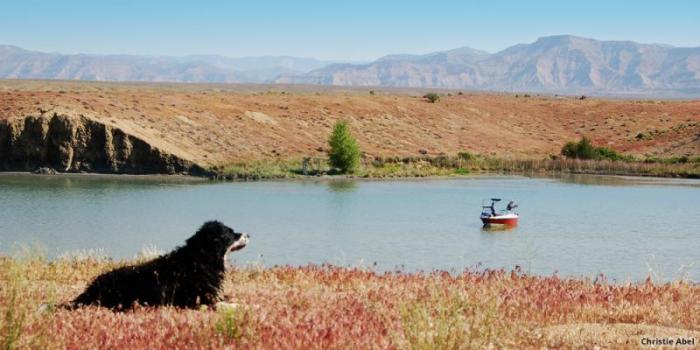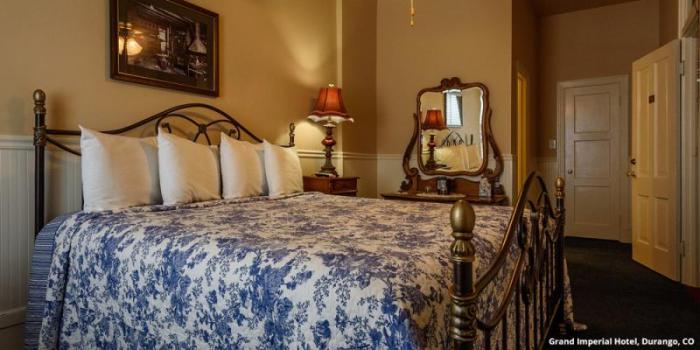SWEET SUMMERTIME BRIDESMAID HAIR
SWEET SUMMERTIME BRIDESMAID HAIR
The Roaring Twenties are in full swing, so get ready to dust off your formalwear and prepare to dance the night away at all those postponed weddings that are finally happening.
For all you bridesmaids out there (we know, it’s never as fun as promised), who love an updo, here’s a breakdown of four different ways to style the front of your updo to bring the heat and glamour all night long.
First look: Center part with loose pieces framing the face

Step 1: Begin at the top of the ear and spray Kenra Hot Spray 20 and create loose curls going away from the face with the flat iron.
Step 2 : As you work your way up, begin to backcomb and spray Kenra Volume Spray 25 to lock it in place.
Step 3: Once you’ve completed the curls on both sides, run your fingers through to soften the hair. Then softly begin to twist and pin back the curls organically towards the center back.
Step 4 : After your pieces are in place, go through with the Kenra Volume Spray 25 and lift the roots with your fingers for a natural look.
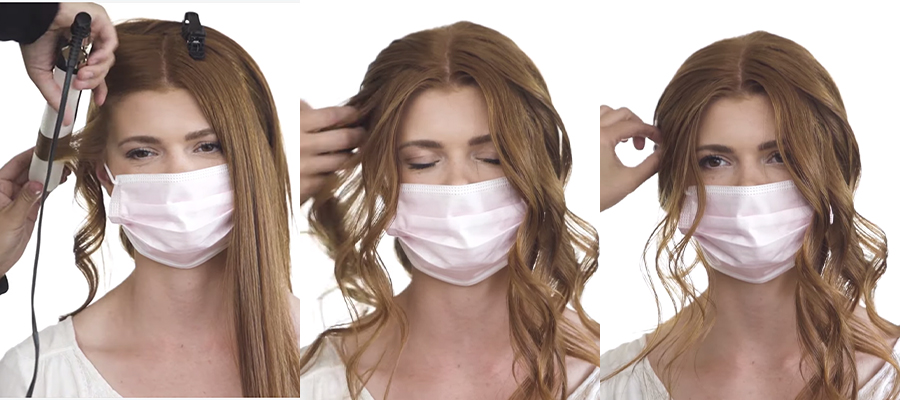
Second look: Side part without any pieces out
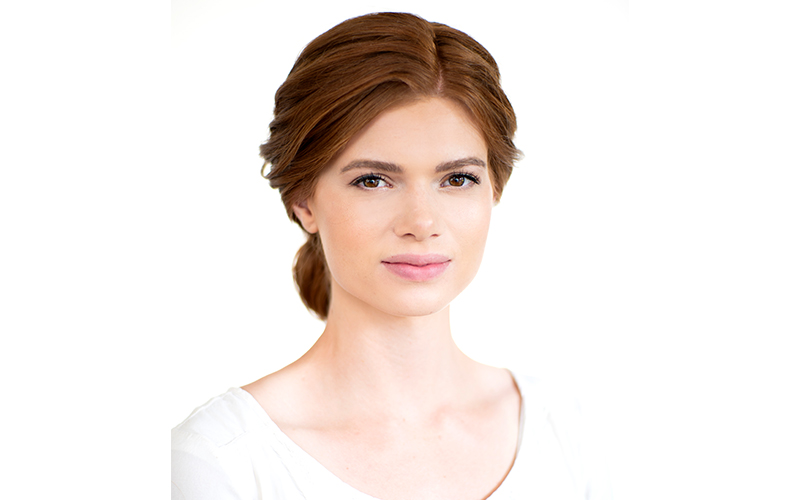
Step 1: Start at the top crown and begin to backcomb the roots, and spray them with Kenra Volume Spray 25. Then, work your way down, curling pieces away from the face with a flat iron. If you’re not comfortable using a flat iron, you can use a 1″– 1.25″ curling iron.
Step 2: Once you have all the pieces curled, pin the hair back, row by row, detailing and placing hair as you go. By working this way, you will create a dimensional look. As you work up, be sure to direct the hair back instead of down. Repeat steps 1 and 2 on the opposite side.
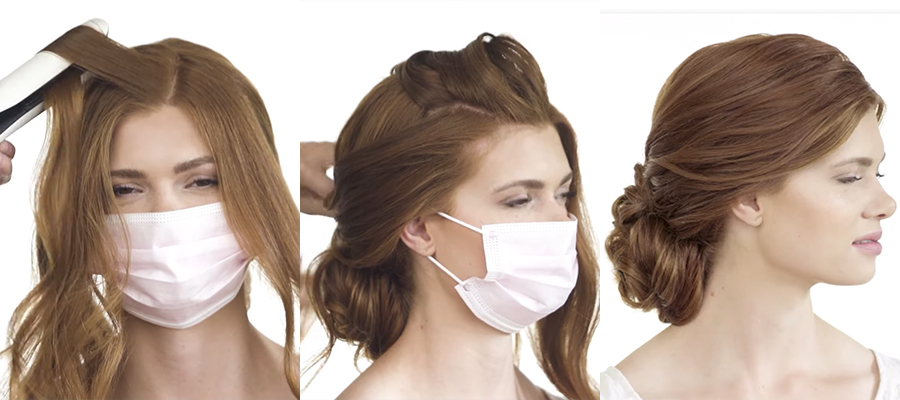
Third look: Swept back hairstyle
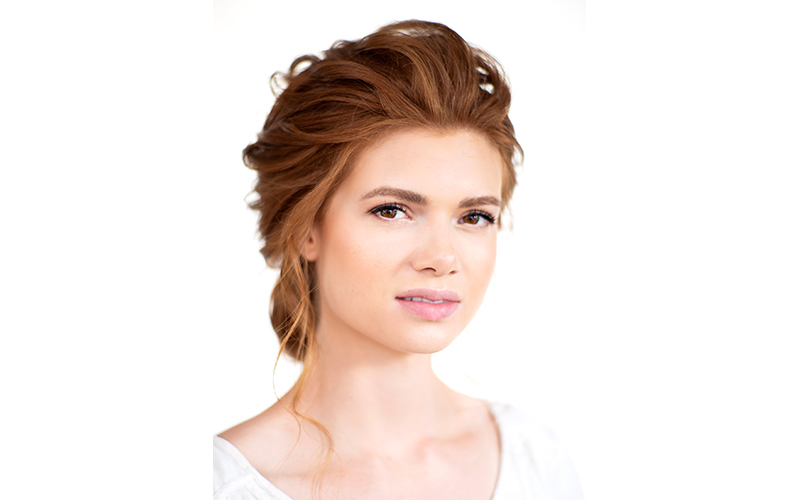
Step 1: Start by sectioning the front mohawk and clipping it aside. Then begin on one side and spray the hair with the Kenra Hot Spray 20 from roots to ends.
Step 2: Curl hair away from the face and up with a one-inch curling wand. Work the hair back with your fingers, spray with the Kenra Medium Spray 13, and pin the sides of the hair in the back. Repeat process on the other side.
Step 3: For the mohawk section, spray the hair with the Hot Spray 20. Then saturate the hair before using a smaller iron to create a tighter curl pattern. Work the curls back with the Medium Spray 13 and secure with bobby pins. Pay special attention to the very front sections and take your time detailing to ensure everything is cohesive and in the right place.

Fourth look: Classic side part with loose face-framing pieces

Step 1: Backcomb the side sections, spray with Kenra Hot Spray 20 and curl with the flat iron away from the face.
Step 2: Comb the flyaways into place. Pull the side curls back, and bobby pin them in place.
Step 3: Take the very front piece and tuck it behind a part of the hair above the ear. Repeat on the other side.
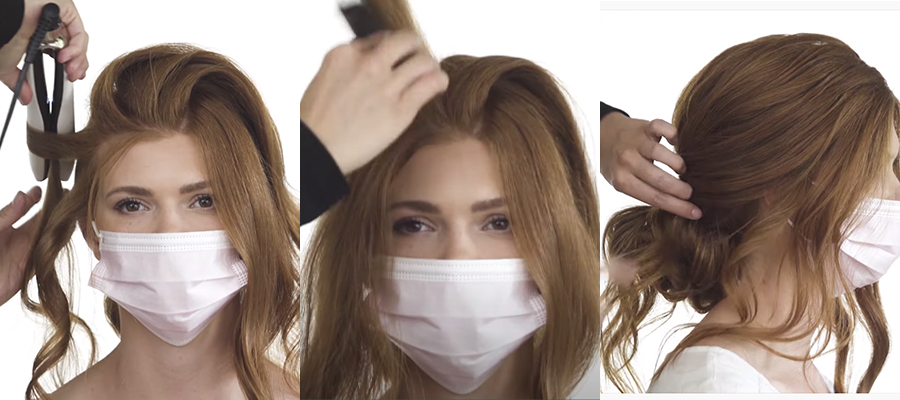
From: https://www.kenraprofessional.com/blog/summertime-bridesmaid-hair
By: KENRA PROFESSIONAL

